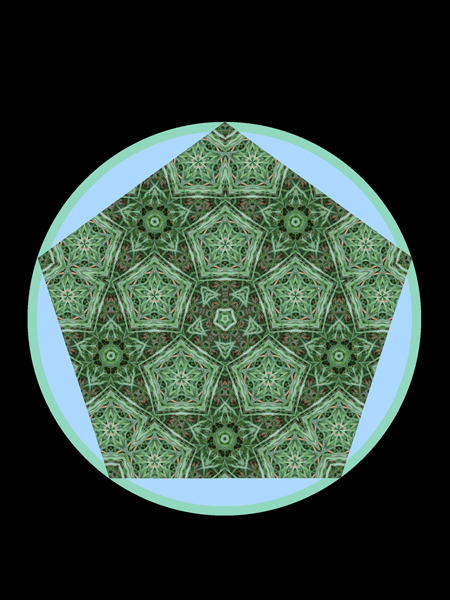Cognitive Underpinnings of Art
Last week somebody asked “What is Art?”
I’m an artist. I think I have a pretty good idea what art is. And yet, I’m not a particularly successful artist in a social sense. Many people like my work a lot. But the people in the art world is for people to look down their nose at my work and snort “That’s not art!!!”
Perhaps this has caused me to take the question “What is Art?” quite seriously.
Years ago I stumbled on the answer in the work of the critic Clive Bell who wrote around 100 years ago. He said that art was whatever stimulated an aesthetic experience. Aha! Makes sense. Then one must wonder then; what is an aesthetic experience exactly? Years later I found out. The aesthetic experience is a feedback loop. (I’m a visual artist so I’ll talk about pictures but I’ve found the same ideas can be applied to other artforms like music or sculpture or dance.)
Basically, when you approach a picture you know that it was made by somebody and presented to you to pay attention to.
You pay attention - out of courtesy perhaps.
The picture makes you think a thought which make you pay attention to it in a new way.
Which makes you think a thought which make you pay attention to it in a new way.
Which makes you think a thought which make you pay attention to it in a new way. . . . .
It’s a loop.
By hypothesis, the harder it is to break out of the loop the better the art is.
Not everything generates a loop like that. Kittens draw our attention because they are delightful and we delight in their antics - not in the thoughts they cause in us. Perhaps part of our delight in kittens is because their delightful antics give us respite from more serious thoughts. Art draws us into serious and reflective thought.
What capabilities do we need to have for that to be possible? We need to be able to perceive things for there to be art. This may seem like a duh thing but it is crucial - It’s WE need to perceive things - not I need to perceive things. We know as we perceive that others perceive the same things and draw their own meanings.
Here’s what seems to be going on. Raw data (from a picture) is detected by our eyes. This data is processed by various structures in our brains as just visual information - basically this color here and that color there. No meaning at that level. An early level of meaning is when we perceive that there are patches of color - areas where the color is all the same. A higher level of meaning is that we interpret THAT particular bunch of color patches as an approaching bear. We share all of those cognitive capacities with mammals and birds, and reptiles and amphibians and fish and . . . .
Plants don’t have those capacities.
Birds have very small brains compared to people but have some of our cognitive capacities to an extent that mammals don’t seem to have. For instance, the linguistic abilities of parrots is far more sophisticated than mere imitation (though when you think about it there is nothing ‘mere’ about imitation. But at least some parrots seem to be able to use language the way do - to make statements about a situation which is way more than squawking ‘polly wanna cracker’. Bower birds in Australia are birds that who build very elaborate nests that are decorated with brightly colored objects found in the environment. The reason the males build nests like that is that the female birds like them. The prettier the nest the more likely the male is to find mate to settle into it.
People have this level of appreciation too but we usually don’t call it art. We might think of fashion being like that. It’s purpose is to attract the attention of others with the intention of impressing them somehow. I suggest that fashion doesn’t amount to an aesthetic experience.
Certainly attractiveness is important for the aesthetic experience but more is required - you need the feedback loop that keeps your attention looking fresh again and again. With fashion it’s the first attraction that is important and then attention goes on to other matters like social engagements of various sorts.
With art the effect of paying attention changes your impression of what you are paying attention to. We find that pleasant. It’s a sort of continuous disorientation and it’s an interesting thing that within certain limits people really like the experience of being disoriented and then becoming oriented. The meaning of reality is not given to us - we have to figure it out - and it’s very satisfying to be disoriented and then understand. With art we can experience that disorientation in a safe space. But also the feedback loop makes the experience particularly intense - we get disoriented and then oriented again and again in rapid succession - faster than we are aware of. What we are aware of is the stream of impressions and ideas that the art work stimulates in us.
So the takeaway here is that it’s not reality that underpins art.
It’s the way we think and experience.

Grass